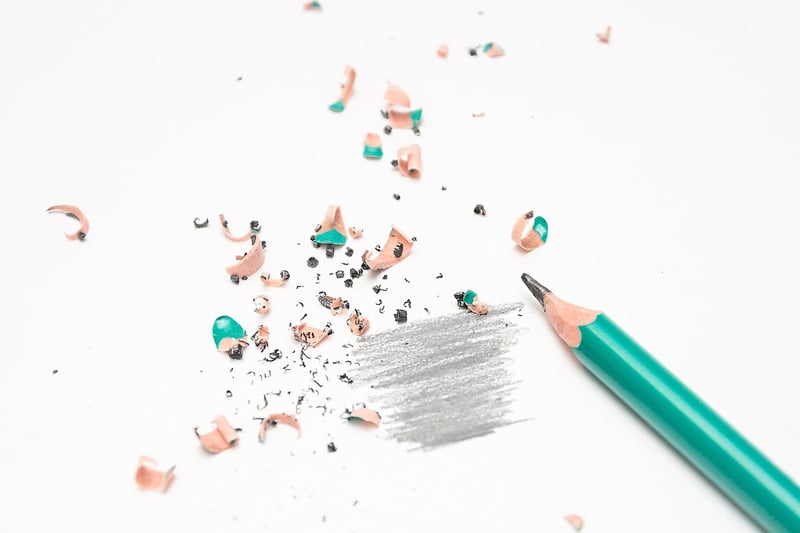Harmony Elements
The Art of Design: Essential Elements and Harmony
Design is a multifaceted discipline that involves a careful balance of various elements to create visually appealing and functional outcomes. Understanding the essential elements of design and how to achieve harmony among them is crucial for any designer looking to create impactful work. Let's delve into these key components and explore how they come together to form harmonious designs.
Essential Elements of Design
1. Line
Lines are fundamental in design as they can create shapes, divide space, and convey a sense of movement. They can be straight, curved, horizontal, vertical, or diagonal, each evoking different feelings and moods.
2. Shape
Shapes are defined areas with specific boundaries. They can be geometric, organic, abstract, or symbolic, playing a vital role in defining objects in a design composition.
3. Color
Color is perhaps one of the most powerful elements in design. It can evoke emotions, convey messages, and create visual interest. Understanding color theory and how different colors interact is essential for effective design.
4. Texture
Texture adds depth and tactile quality to designs. It can be visual or tactile and can range from smooth to rough, soft to hard, creating visual interest and enhancing the overall aesthetic.
5. Space
Space refers to the area around, between, and within objects. It helps create a sense of balance, hierarchy, and flow in a design. Understanding positive and negative space is crucial for effective composition.
Harmony in Design
Harmony in design is achieved when all elements work together to create a visually pleasing and coherent whole. It involves a careful balance of elements such as unity, variety, balance, emphasis, rhythm, and proportion.
1. Unity
Unity ensures that all elements in a design work together to create a sense of wholeness. It helps tie the various parts of a composition together, creating a cohesive and harmonious design.
2. Variety
Variety adds interest and excitement to a design by incorporating different elements to avoid monotony. It introduces diversity while still maintaining a sense of unity and coherence.
3. Balance
Balance is the distribution of visual weight in a design. It can be symmetrical, asymmetrical, or radial, and helps create stability and harmony in the overall composition.
4. Emphasis
Emphasis highlights the focal point of a design, drawing the viewer's attention and creating visual interest. It helps guide the viewer's eye and adds hierarchy to the elements within the composition.
5. Rhythm
Rhythm creates a sense of movement and flow in a design. It can be achieved through repetition, alternation, progression, or contrast, adding dynamism and energy to the composition.
6. Proportion
Proportion deals with the size and scale of elements in relation to each other and the overall composition. It ensures visual harmony and balance, guiding the viewer's perception of the design.
By understanding the essential elements of design and incorporating principles of harmony, designers can create visually captivating and impactful works that resonate with their audience. Mastery of these elements and their harmonious integration is key to successful and effective design.

Image Source: Pixabay
